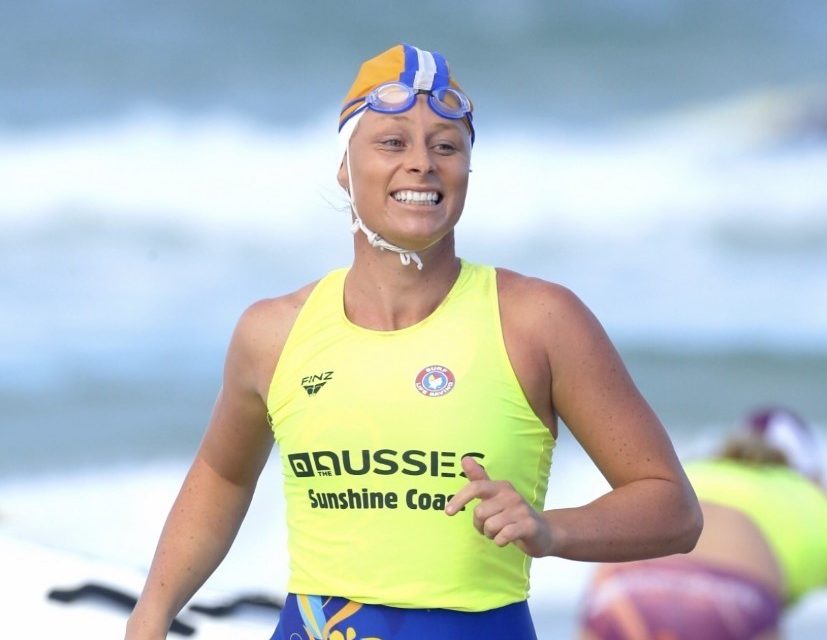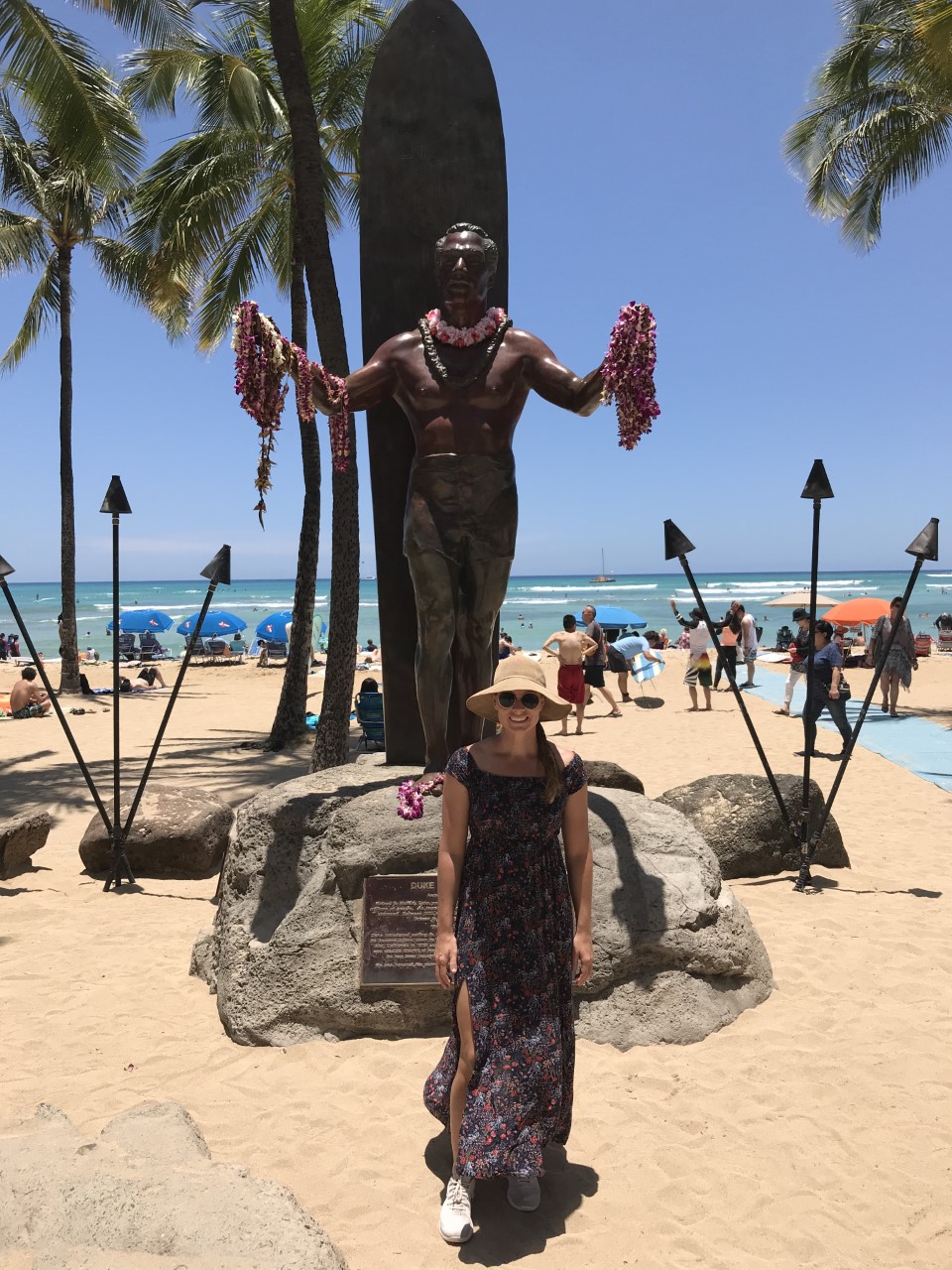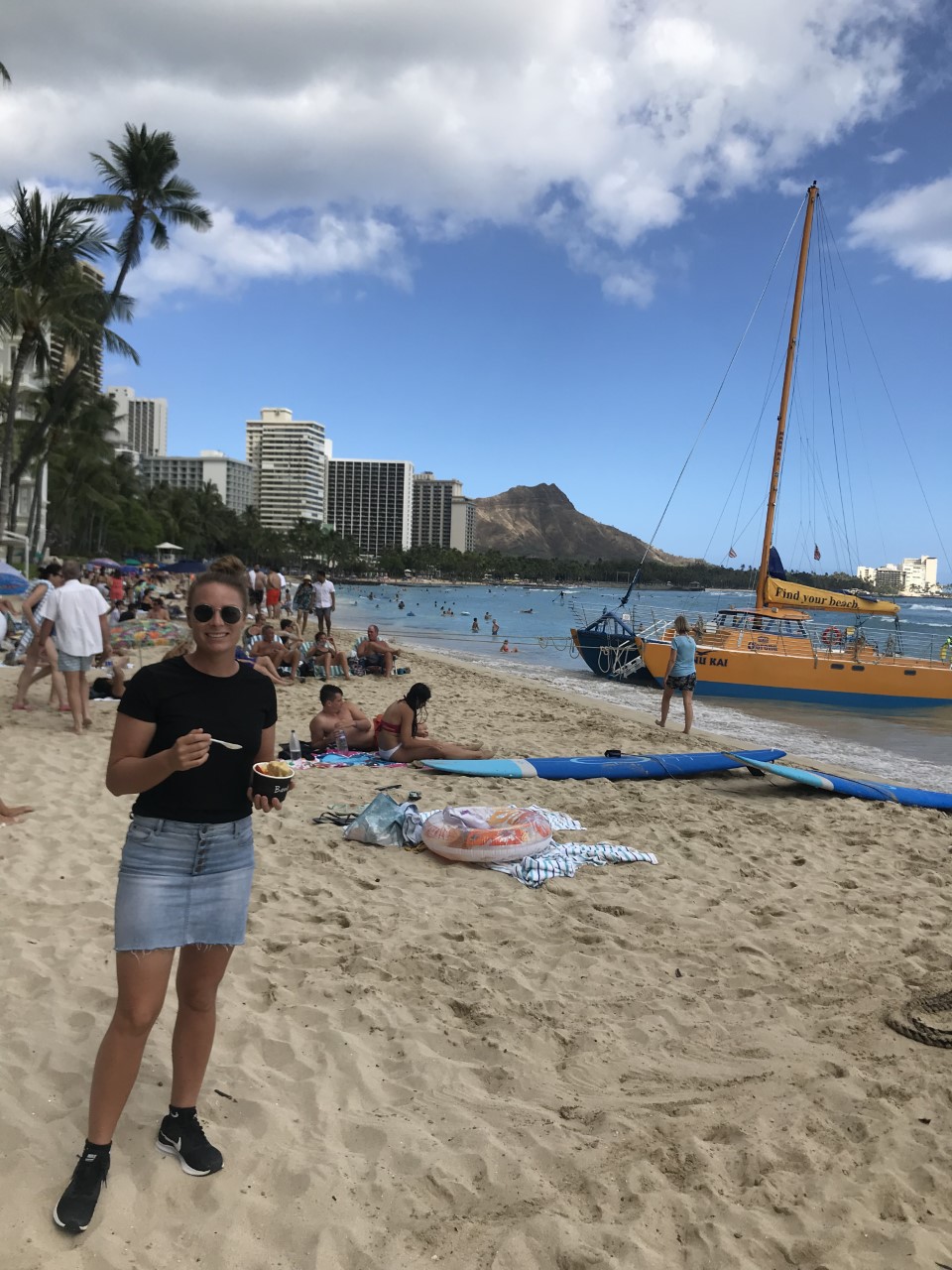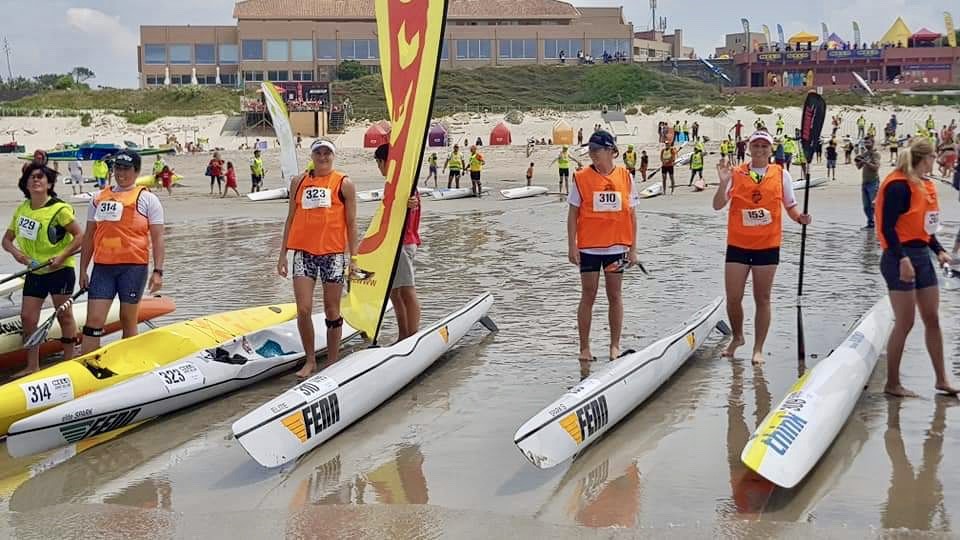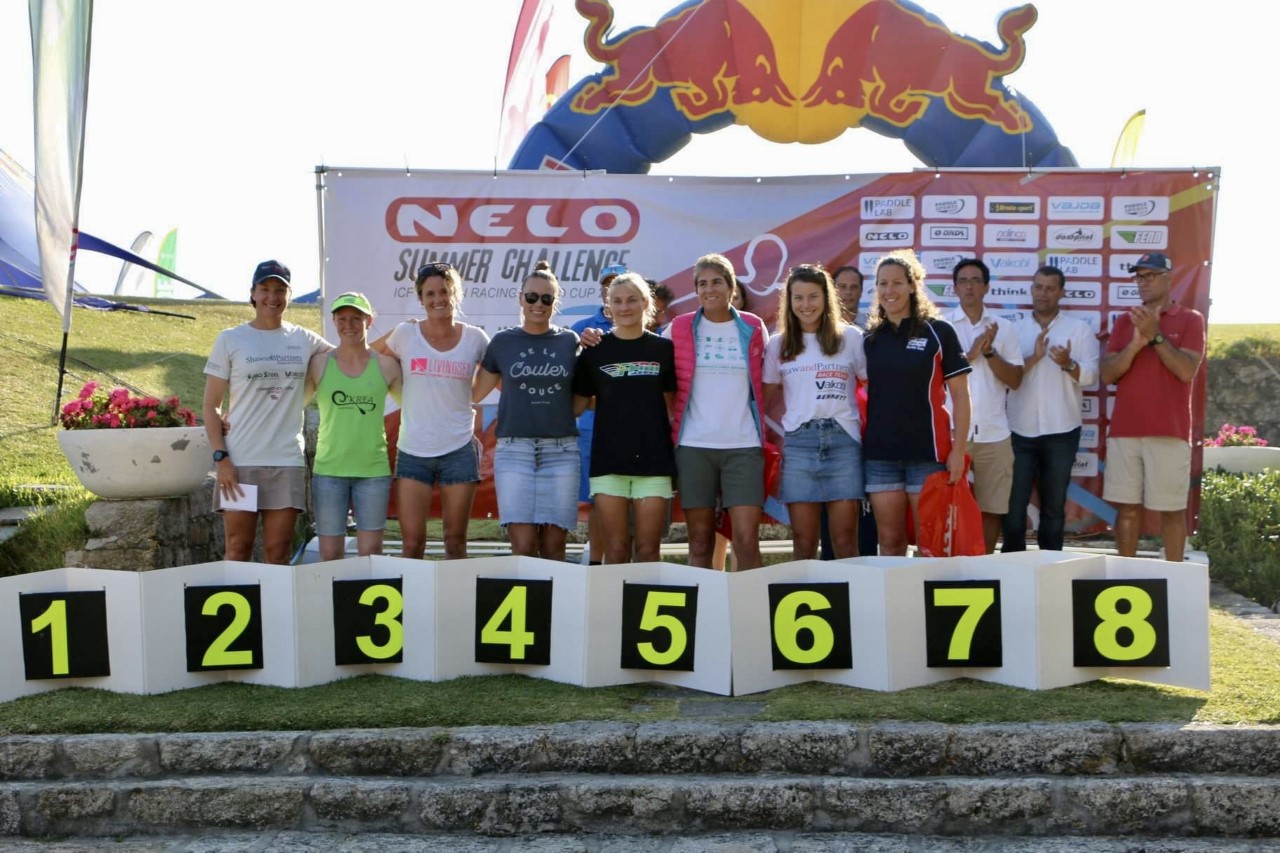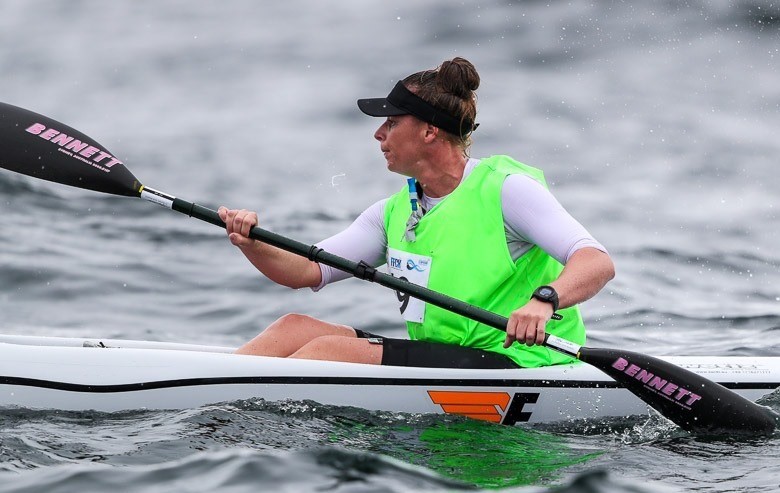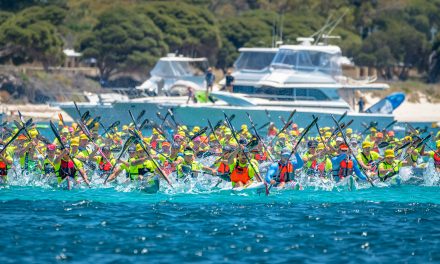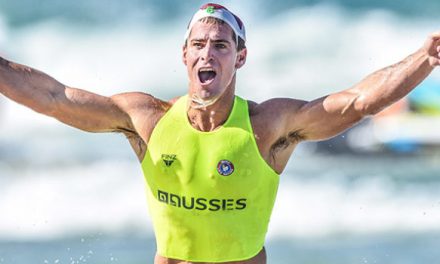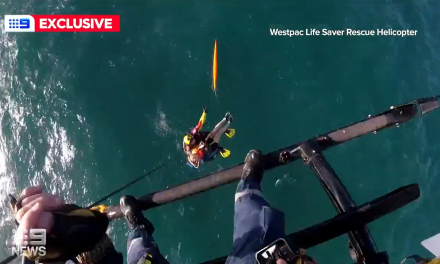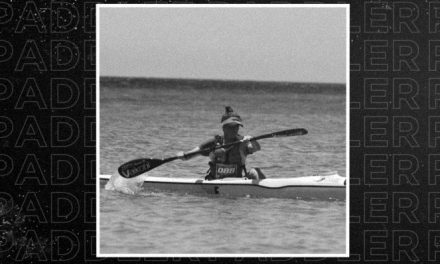IN THE BOAT with: BONNIE HANCOCK
In Australian Surf Lifesaving circles, Bonnie Hancock is a household name.
The champion ironwoman competed on the Nutri-Grain Series for more than a decade, and alongside sister Courtney, was always at the pointy-end of the field.
But after so long at the forefront, her passion began to fade.
A career-minded focus saw her ready to hang up the paddle for good – until, as she reveals in this In The Boat article, an unexpected discovery saw her return to racing more reinvigorated than ever.
Drifting through the Southport Seaway, desperately clinging to my ski under the force of a howling southerly wind – the giant swell having already claimed my paddle – a few thoughts ran through my head.
Do I let my ski go, no idea where it will end up and run the gauntlet, attempting to swim the 800 metres across shark-infested waters to the safety of South Stradbroke Island?
Or do I simply float here, hopelessly out of luck and answers, and hope someone on the rock wall spots me before alerting the emergency rescue services?
And perhaps more frustrating, the unshakable realisation that maybe I should have invested in a leg leash!
When I first gained an interest in ocean ski paddling, I thought it would be like an extension of Surf Lifesaving.
23 kilometre downwinders from Snapper back to Surfers in pumping wind? No worries!
Punching through six foot sets on a clubbie ski? Bring it on!
So how much different could this ocean ski gig be?
If I hadn’t realised it already, I certainly did that afternoon in the seaway…
At the start of 2019, and after a decade of racing professionally in Surf Lifesaving, initially as an Ironwoman before focusing solely on ski paddling, I was ready to hang up the togs.
The truth is, I was struggling for motivation.
I felt I had achieved most of my goals in Surf and was finding it hard to balance the demanding training load with work.
Most surf clubs train at 4 o’clock of an afternoon, and to get there, it’s always a mad dash.
I’m a dietician and I always found myself rushing out of the clinic, jumping in the car and rummaging through my training bag as I drove down the Gold Coast Highway, praying for every green light.
And yes, I’ll admit it – I always got changed while stopped at the traffic lights!
It’s a hard act to pull off, but one that was refined through moments of sheer embarrassment, usually spotted by a driver in a nearby car at a less-than-ideal moment.
But when you’re an allied health worker trying to juggle a professional career with a full-time training load… you’ve gotta do what you’ve gotta do!
Anyway, the point is that I really started to question whether I was enjoying the sport enough to continue the act.
Eventually I realised that I needed a change to freshen things up – something that really inspired me.
As much as I love surf lifesaving, I had started to lose that passion to push myself day-in day-out and was feeling a little lost – I didn’t know what my goals were anymore.
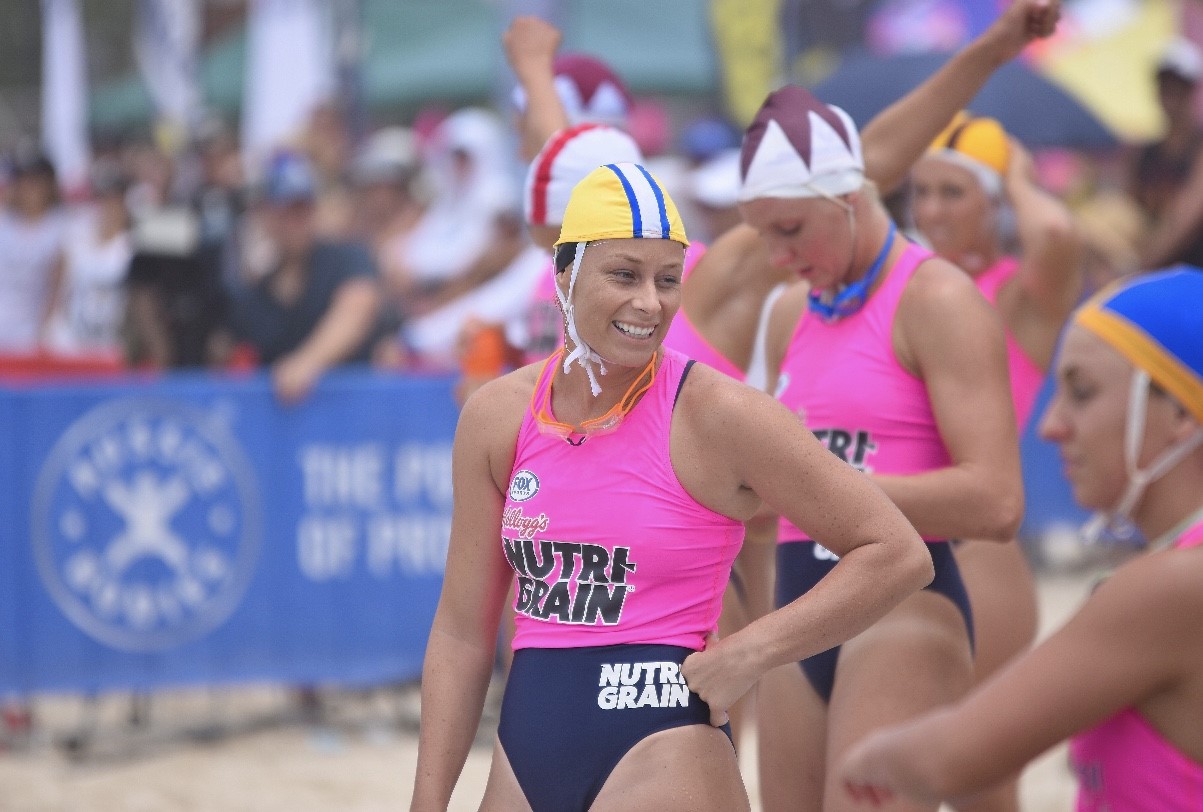
Coincidentally, it was around this time that I started to hear more and more about the upcoming Molokai Challenge.
Hey, that’s something different.
What an achievement that would be to just complete something like that.
A new type of craft!
A new goal!
I started watching videos of past crossings and it was like a switch was flicked in my mind.
I knew I just had to do it.
Racing 52 kilometres across the beautiful waters of Hawaii?
I could think of a few worse ways to spend my time!
All of a sudden, I was pumped.
I started asking around how to get my hands on one of these ocean skis.
At first I thought they were called ‘ocean kayaks’ and I referred to them as such, but luckily I had plenty of experienced paddlers like Cory Hill on the Gold Coast to point me in the right direction.
I realised pretty quickly that these aren’t your average surf skis.
Firstly, stability is a huge factor.
Clubbie skis are 18 kilograms and built to crash into waves the size of houses, whereas ocean skis are built for speed, efficiency and surfing deep-water swells – as a result, they’re much tippier.
Next is the fact that races are generally held over a distance of 20 kilometres, if not further… a long way from the round-the-cans sprint I was used to!
You need to develop a big endurance engine, while also ensuring you have the strength and speed to respond to any tactical moves throughout the race.
You’re also travelling for the big races, often to remote locations and often on your own.
This has been the reality for me, as we couldn’t afford for my partner Matt to follow me halfway across the world.
Therefore, it’s crucial to be organised and well-drilled in exactly what you need to pack for a smooth race day build-up.
Equipment is an enormous part of our sport – both at a grassroots level as well as in elite competition.
Learning the value of things like seaweed and wave deflectors, padded shorts and even how to best carry your nutrition is crucial to enjoyment and success.
Believe it or not, I’ve also learnt that flares are not allowed on planes, as a friend advised me after I boasted how organised I was before we flew out for The Doctor. Goodness knows what would have happened if I tried to get that through airport security!
Still, nothing can improve your paddling like time in the boat.
Initially, I wasn’t spending much time in it!
But after many impromptu swims, I started to develop some confidence and was soon ready for some longer paddles ahead of Molokai.
I was convinced that I had to do at least one 50 kilometre paddle in training so that I knew I’d be able to do it come race time.
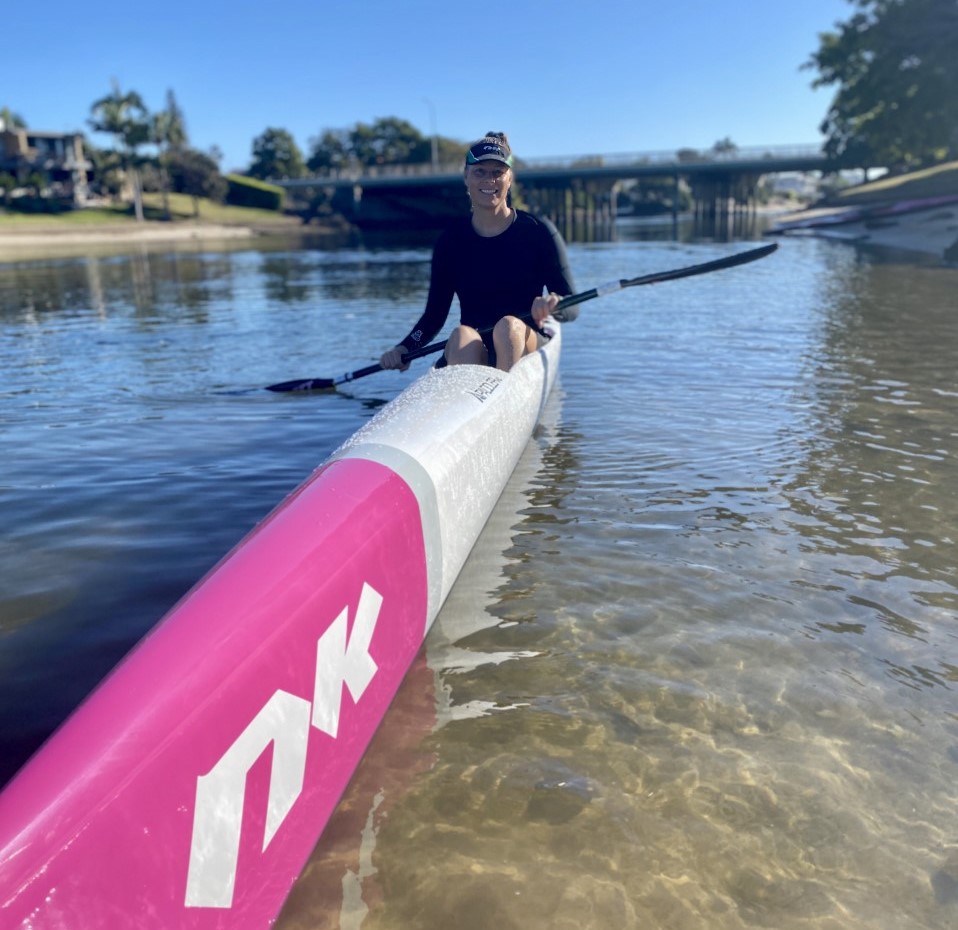
Aaaaand that’s how I found myself bobbing in the Southport Seaway… a predicament that actually took me two years to share with my Mum – because I knew I had really stuffed up!
I’m sure Matt had some doubts in his mind as he dropped me off at Cabarita Beach to start my paddle.
In hindsight, with the wind absolutely howling out of the south-east, slightly across my boat as I travelled north, I now realise how stupid it was to be paddling:
A) On my own.
B) Without a lifejacket.
C) And without a leg leash.
Lesson learnt, believe me!
Most of the paddle actually went super well. I was enjoying catching some awesome runs and was joined by some of the locals, spotting the dolphins playing around me in the waves.
But by the end, I was dehydrated and fatigued, only just hanging on as I battled towards that elusive 50 clicks.
As I came around the rock wall, a huge stray wave slammed down on me from behind, quickly washing away my ski.
I truly was up shit creek… but with a paddle!
Not for long, as I had to leave it behind and swim to my ski instead.
After all of my years experience in the ocean, I could not believe this was the situation I had found myself in.
Thank goodness someone did see me and alerted the Coast Guard, who even gave me a very stern lecture for my troubles.
An embarrassing blessing, all in one.
After that shaky beginning, unperturbed, I went on to tackle the iconic Molokai Challenge and loved almost every second.
I’m not going to sit here and pretend that it wasn’t one of the most painful things I’ve ever done in my life.
The mental battle as I came into China Walls was very real and I felt like I had to tap into every last bit of strength I had just to get to the end.
I don’t want to imagine that race on a flat day!
Luckily we experienced the best conditions the race had seen for more than a decade and I spent 4 hours and 51 seconds surfing the best swells of my life.
I was hooked.
Trips for events in Mauritius, Portugal and France for the ICF World Championships all soon followed, as well as races around Australia in Perth, Sydney and more recently North Queensland, where I competed in a 33km paddle around Magnetic Island.
Something I often point out to my fellow paddlers when we travel to different parts of the globe is just how lucky we are to see the world from a perspective that many people never will.
The Eiffel Tower was bloody fantastic. As was the atmosphere in Portugal. The food in Mauritius and, well, everything in Hawaii.
But I feel like I’ve hit the jackpot when I get out on my ski and paddle the coastline of these iconic places.
Cruising along next to turtles in Hawaii with friends is an experience I will never forget for the rest of my life – and it just does not have a price tag.
Paddling downwind along unpopulated coastal stretches of Mauritius and looking in awe, appreciating rugged coastline is just special.
Minimalism at its finest.
I’ve been fortunate enough to claim a host of top five and top ten finishes in the big races along the way, but for me, the biggest rewards are those experiences and memories for life.
It’s safe to say that my respect for our sport has followed a similar trajectory.
Although similar to surf lifesaving, it differs so greatly and the challenges it brings with its steep learning curve have made the whole experience all the more rewarding.
I feel like the whole process has been a bit of a metaphor for life – if you fall, get back up, learn and improve.
I don’t think you ever stop learning in this sport – and in life either, for that matter.
After intending to put away the paddle for good, my passion for the ocean is now reignited.
Whereas before I stepped onto the start line as one of the most experienced iron women in a race, now I am the newbie.
Every race, every session and every day is a new learning experience.
And I can’t wait to see where it takes me in the future.

